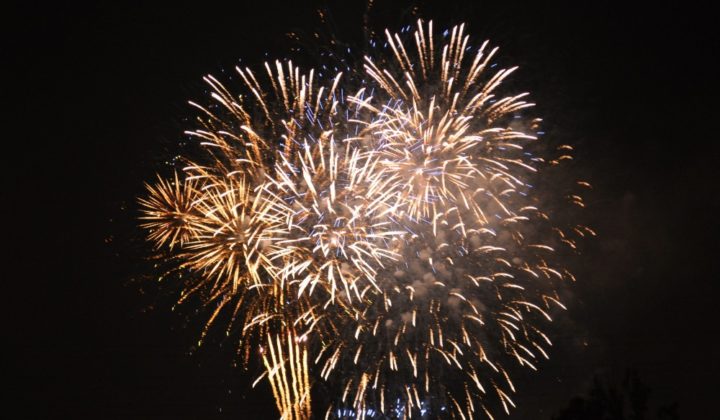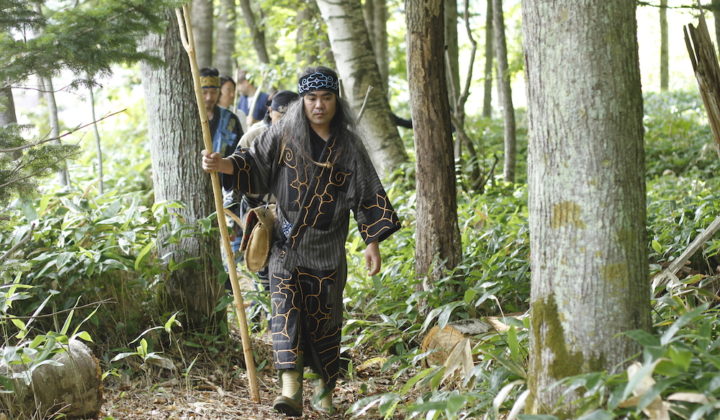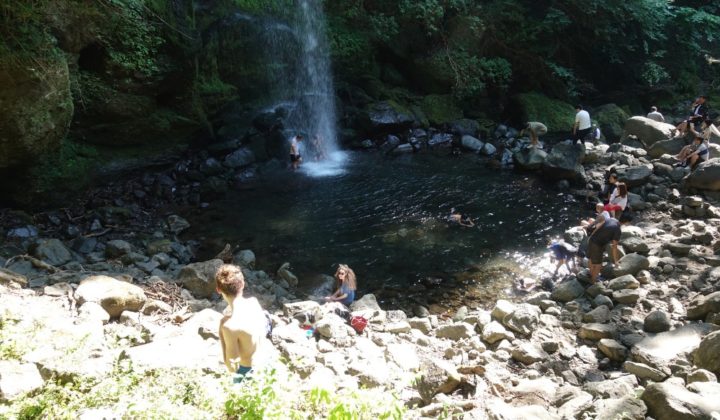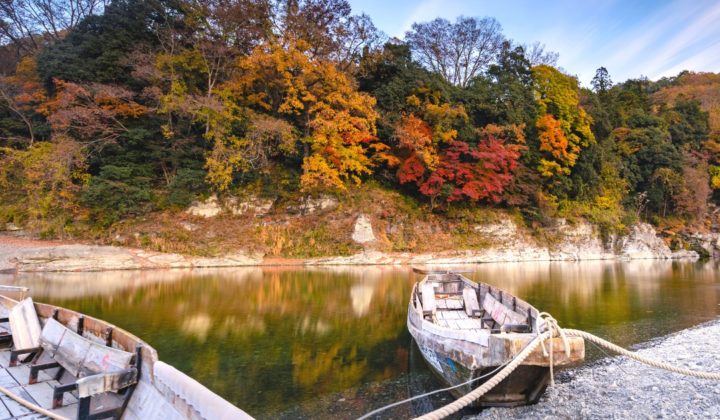The Sumida river is one of the most famous rivers in Japan, referenced heavily in Japanese pop culture and history and still a popular site for tourism today. The Sumida is one of Tokyo’s major rivers, branching off from the Arakawa river and flowing through the city for a distance of twenty-seven kilometers, passing through many of Tokyo’s famous wards and out into Tokyo bay. During the Edo period (1603 – 1868) the river was a major part of Tokyo life and often depicted in art and referenced in culture from the time. It still remains a major part of Tokyo today and a popular destination for many Tokyoites throughout the year. Along it’s winding banks lie many great places for sightseeing and activities and if you spend any time at all in Tokyo, you’re bound to come in contact with the river one way or another.
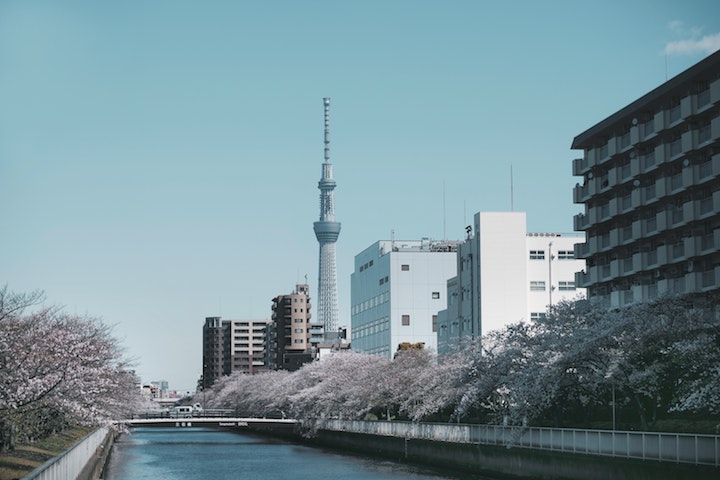
Sumida River in the Past and Today in Japan
The Sumida river is forever tied to Tokyo’s past, particularly the Edo period when the capital of Japan moved from Kyoto to Tokyo. Edo was originally a small fishing village but as it grew into a city, the area along the banks of the Sumida began to be developed. The Sumida river quickly grew to become one of Tokyo’s most important waterways. Tokyo itself is home to more than a hundred rivers, but the Sumida and its winding course through the heart of the city makes it one of its most prominent features. With trade goods constantly coming into Tokyo by sea, the rivers played an important part in transporting goods and people around the city, with the Sumida playing a huge role in this. The Sumida river’s place in Edo era history and culture is hugely evident in the number of works of art depicting it. Infamous woodblock prints by renowned artists such as Hokusai and Hiroshige, people of Edo era Tokyo can be seen enjoying the banks of the Sumida river in times of leisure. In The Bank of the Sumida Riverby Hiroshige for example, two women dressed in kimonos can be seen walking beneath the cherry blossoms. Hiroshige’s famous collection of woodblock prints, One Hundred Famous Views of Edo, contains many depictions of the Sumida river and the lives that the people of Tokyo during the Edo era lived along its banks. The Sumida was a prominent feature to Tokyo residents of that era and remains one even now.
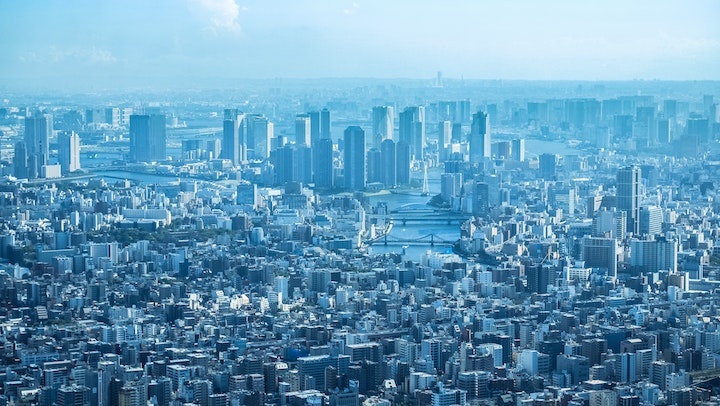
Today, the Sumida river enjoys a similar role as an icon of Tokyo. A walk along its banks may not visibly show much of Tokyo’s history due to years of development but it is still home to many activities enjoyed by those during the Edo era. It holds many famous spots for cherry blossom viewing, is home to Japan’s oldest fireworks festival and its waters provide the routes for many kinds of boat cruises. Because so much of what Tokyo has to offer is located in close proximity to the banks of the Sumida River, there are many ways to explore Tokyo itself whilst exploring the river. And even if you don’t feel like doing anything particularly specific, there are many places to relax or do some people watching such as Sumida Park. Just as it has done throughout Japan’s history, the Sumida river offers a wealth of things to do.
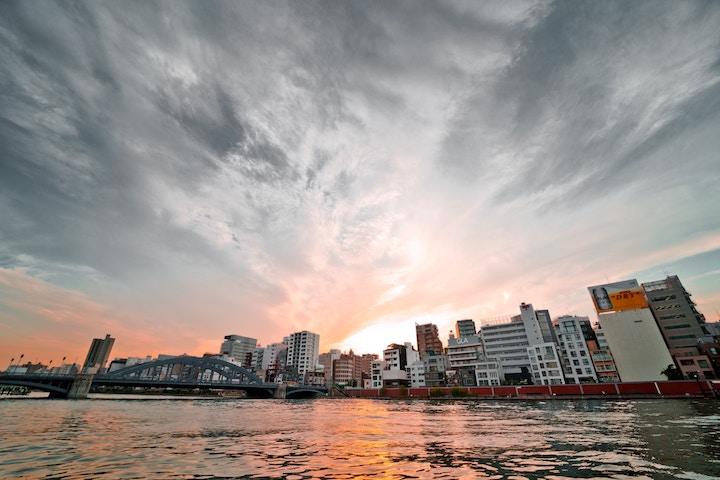
Things to Know/Keep in Mind Before Going to the Sumida River
As it runs for twenty-seven kilometers, the Sumida River is obviously a big place to visit. Before you go, you’ll definitely need to plan what you want to do beforehand. Not all of the river is suitable for sightseeing as it does flow through a number of industrial areas, but as you get closer to Tokyo bay, the number of Tokyo attractions located close to the river are mind-boggling. The Sumida flows through many of Tokyo’s major wards including Adachi, Arakawa, Sumida, Taito, Koto, and Chuo. If you plan on visiting a particular ward, it’s good to do some specific research on the area beforehand to see if it has something you’re looking for.
If you just want to take a stroll along the river, a great starting point is Sumida Park, a famous cherry blossom viewing spot in spring and a great viewing spot for the Sumidagawa fireworks festival if you happen to be there in late July. Sumida ward also has a large number of other attractions including Tokyo Tower, the Sumida Aquarium and the Sumo Museum.
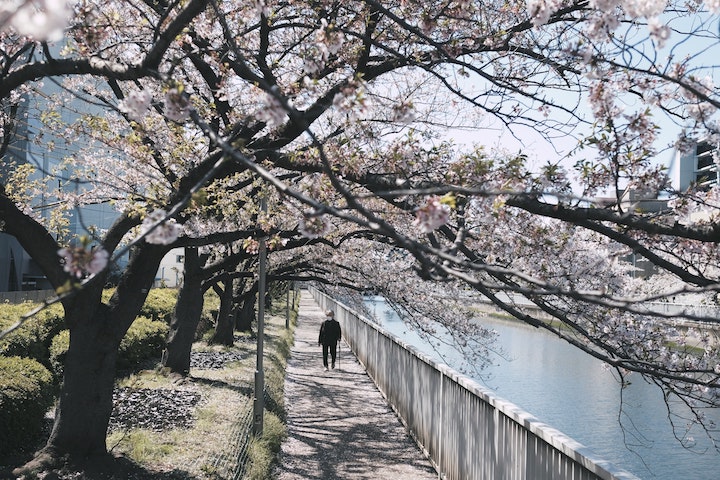
Crossing over the bridge from Sumida park will take you into Tokyo’s famous historical Asakusa district where you can visit Sensoji temple and many other famous attractions in the area. Asakusa itself is also a great starting point, where you can spend a day visiting the many historical sights and finish up in the late afternoon with a pleasant walk along the riverbanks and the Sumida river promenade.
Of course, many events along the Sumida river such as cherry blossom viewing and the fireworks festival are seasonal, so if you really want to attend one of these, please check the dates before going. Otherwise, the river is a great place just to wander around and explore.
Things to Do at The Sumida River in Japan
Just like in the Edo period, there are still plenty of ways to enjoy your leisure time along the Sumida River. Sumida Park is one of many places to go but is a great starting point. Located in Sumida Ward in Tokyo, the park is situated on both banks of the river and is home to a huge number of cherry blossom trees. This makes the park very popular during cherry blossom season and a great destination for a picnic and a cherry blossom viewing party. It’s also a great spot to see the Sumidagawa fireworks festival. Taking place in late July, this fireworks festival is Japan’s oldest, and easily one of its most spectacular. It attracts over a million visitors each year.
There are many walking courses located along the river. These are great ways to get a good look at the Sumida river as well as visit places that you wouldn’t ordinarily see. You can plot your own walk but there is a great selection of walks available at Tokyo Walking Map. Under the list of water-side walks, there is a number that will take you along the Sumida River. I would particularly recommend the Sumida Walking map found here. Though focused on Sumida ward itself rather than the river, there are a number of walks found in this brochure that will take you along the river and through some interesting places to visit such as Ushijima shrine and Kyu Yasuda garden.
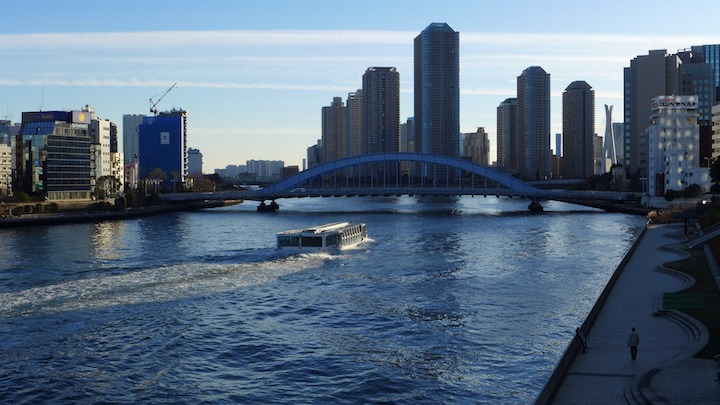
Of course, enjoying the river from just its banks isn’t really getting the full experience. There are numerous river cruises available traveling all along the Sumida River. Historically, boats have been available as more or less water buses, allowing people to travel to various parts of Tokyo along the river. Some of them still serve this purpose today to an extent, though more for tourists traveling around and seeing various parts of the city. The boats themselves have changed too, with some spectacularly futuristic-looking cruise ships running up and down the river, designed by famous manga artist Leiji Matsumoto, creator of Space Battleship Yamato. Timetables, routes, and reservations for these services are available here.
Aside from the daily routes, there are also more upscale river cruises run by different operators available, complete with dinner and drinks. These are, of course, more expensive and need to be booked in advance. For something a little out of the ordinary, traditional wooden Japanese tour boats called Yakatabune still run on the river. Yakatabune is large wooden barges that are said to date back as far as the Heian era. These boats were especially popular with rich aristocrats during the Edo era as they would cruise along the Sumida river for parties and sightseeing. The modern Yakatabune isn’t completely traditional, given that they offer some modern conveniences like heating and air conditioning but they do come very close to replicating that feeling of old Japan. Yakatabune cruises are run by a number of different operators and offer a wide range of different types of themed cruises, but most include a meal and drinks and are a great way to enjoy the river in a more traditional style. At night, the Yakatabune are often lit by traditional paper lanterns and make a stunning sight as the sail down the river. More information on different Yakatabune cruises can be found at the Tokyo Yakatabune Association website.
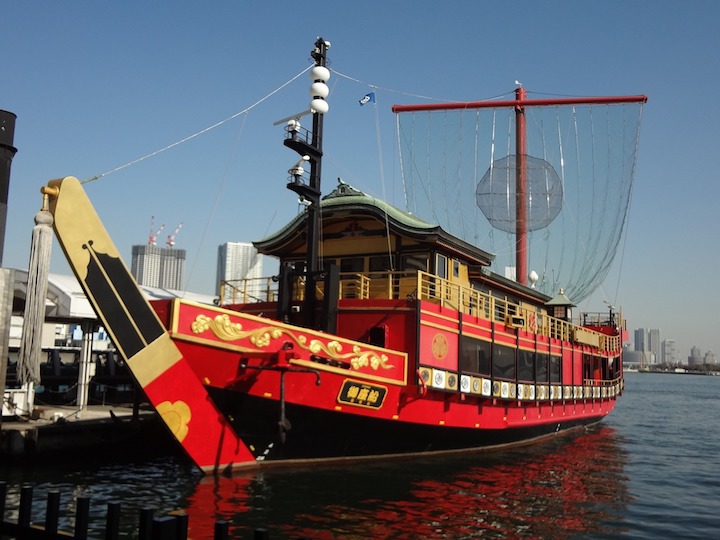
The Sumida River is also home to a number of historic bridges. Many of them are painted in distinct primary colours and are great gathering spots to get a good view of the river. The bridges are placed all along the river at intervals of approximately one kilometer. One of the more notable bridges is the Azumabashi bridge, a distinctive red bridge that crosses over the Sumida and connects Asakusa and Sumida wards. The bridge offers a great view of the Tokyo Skytree and is a popular spot for photos. The bridge was originally built in 1774 though the current structure was built in 1931. Another famous bridge is the Eitai-Bashi bridge. This long bridge was one of Tokyo’s earliest bridges and was quite long for the time, spanning about 200 meters. It has a slightly dark history in that it was the sight of a particularly notorious bridge collapse during the Edo period. The current arch-bridge is a lot sturdier, carrying both cars and pedestrians. It is illuminated a beautiful blue at night and is a popular spot for photography due to its views of the surrounding Tokyo skyscrapers. Sakurabashi bridge is another interesting bridge. Accessed by Sumida park, this four-way pedestrian bridge has an interesting shape and connects Sumida and Taito wards.
Aside from the river itself, there are many great attractions in Tokyo located along the river. Tokyo Skytree is located in Sumida ward close to the river so you can get a great view of it and the rest of the city from up high. Tokyo’s famous old-style Askakusa district is also right next to the river so you can visit its many attractions such as Sensoji temple. There are also a large number of parks and museums along the river. My favourite of these is the Edo-Tokyo Museum in Sumida ward which is dedicated to the Edo period and goes into great amounts of details about Tokyo’s history. And of course, as you follow the river out into Tokyo bay you will eventually come to Odaiba, the popular shopping and sightseeing destination, famous among other things for its lifesize Gundam statue.
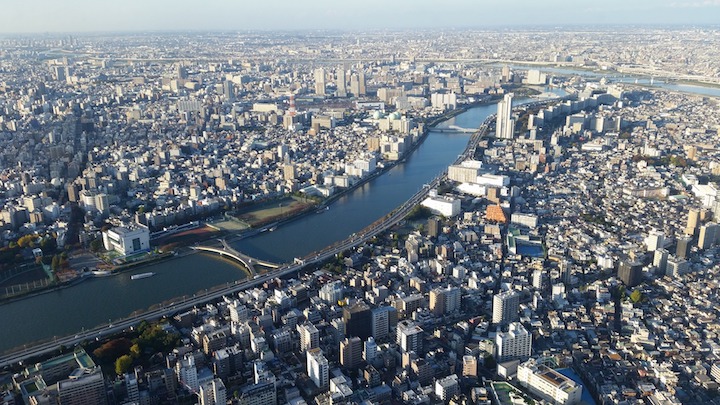
The Sumida River is an integral part of Tokyo. Its proximity to many of Tokyo’s most popular destinations means it’s a place that most visitors come into contact with it one way or another. While on its own, it may not be the biggest tourist draw, it serves as a vital backdrop to the city itself and the way that people go about their daily lives. Aside from the many things to see and do in the proximity of the river, a stroll along its banks or a cruise along its path is a fantastic way to absorb the sights and sounds of Tokyo and to feel like you’re treading in the footsteps of those who lived in Edo so long ago.

